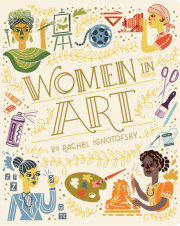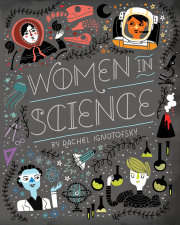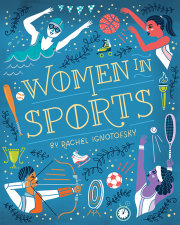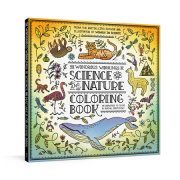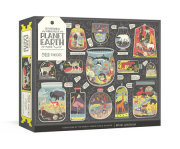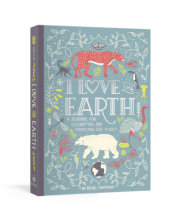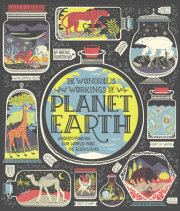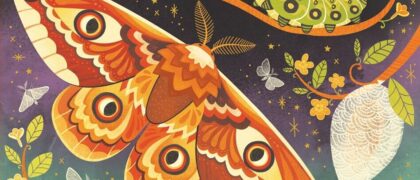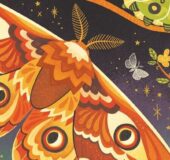Introduction
Art is more than just pretty—it’s powerful! Everything around us, whether you realize it or not, has been touched by an artist. The building you live in, that billboard on the street, the pattern on your shirt—all started as concepts in an artist’s mind. Many think that our ability to express ourselves creatively is what makes humans special. Both men and women have been creating art since the cave paintings of prehistoric times. Yet throughout history, women have been excluded from the story of humanity’s creative expression. The women in this book had to fight sexism, classism, and racism to have their art be seen, taken seriously, and appreciated. Through their struggle to be seen, their art has made history.
Art informs our culture and either confirms or challenges our expectations of what we consider normal. Throughout history, powerful institutions all over the world have employed artists to make sure their story was told properly. Whether it was royalty spending a fortune during the Renaissance to make sure paintings depicted them perfectly, or major corporations today spending millions of dollars on advertisements to sell their products, art is a tool wielded to get a clear message across to the masses.
What happens when people take the power of art back? Many women in this book have used their talent to tell truths, to talk about injustice, and to bring visibility to the unseen, because that is when new ideas can spread and the world can begin to change for the better.
Art can be used to empower and celebrate heroes. During the height of segregation in America, many artists, including Elizabeth Catlett, were denied entry into universities due to racist policies. But Elizabeth was determined to make art that celebrated black people, and she portrayed them with beauty and strength. Today, her art depicting black leaders such as Martin Luther King Jr. and Harriet Tubman has been shown in museums around the world.
Art exposes truths and tells our shared history. When the Allied invasion of Europe came in 1944, artist Lee Miller was the only female photographer on the front line. She was one of the first photographers to document the horrors of the Holocaust. When many denied that the concentration camps were real, Lee’s photographs forced the world to confront the truth.
Art creates icons and rallying cries. Although Frida Kahlo was not fully appreciated during her lifetime, the legacy of her work is a force of its own. She was rediscovered in the 1970s, decades after her death, and her work has since been shown in major museums all over the world. Through dozens of self-portraits, people saw Frida and her joy, pain, hopes, and fears. They also saw a woman who unapologetically did not conform to Western beauty standards and who proudly celebrated her Mexican heritage. Her paintings have influenced modern fashion, music, and film. Frida has become a rallying cry for feminism.
And, perhaps most important, art can heal. When Maya Lin designed the Vietnam Veterans Memorial as a twenty-one-year-old art student, she made a choice to create a new kind of monument. Rather than a traditional flag-emblazoned memorial, Maya designed a simple sloping wall, etched with the names of the fallen. The memorial opened at a time when the country was torn by defeat and divisive politics, but thousands came to mourn, and the wall allowed each visitor to grieve on his or her own terms. Art can be used to create a space that can connect us in our shared humanity.
With each brushstroke, chisel of stone, and line drawn, these women persevered. Today, we celebrate their art and their stories so we can understand how their work has influenced our lives. Art is more than just something beautiful—it shapes and reflects our world.
Copyright © 2019 by Rachel Ignotofsky. All rights reserved. No part of this excerpt may be reproduced or reprinted without permission in writing from the publisher.





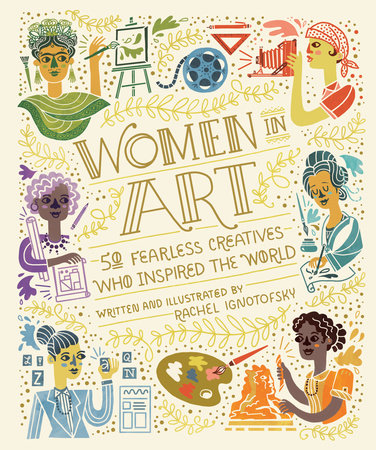

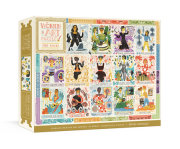
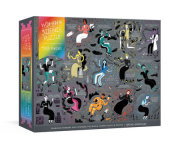
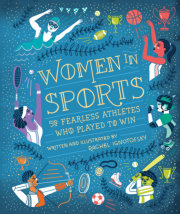
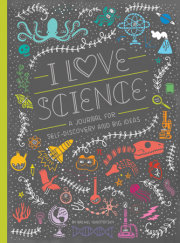
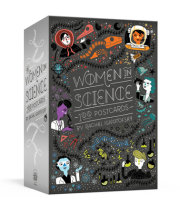
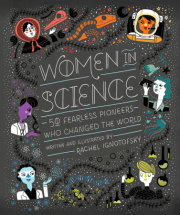

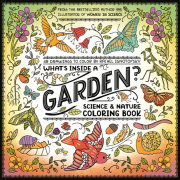
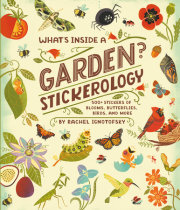
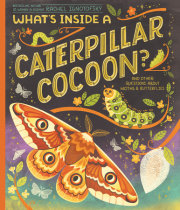

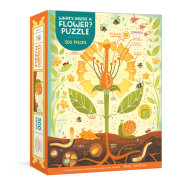

![The Women Who Make History Collection [3-Book Boxed Set]](https://images.penguinrandomhouse.com/cover/9781984861740?width=180)

